Hunter Fan 21608 is a versatile and feature-rich ceiling fan that can enhance the comfort and style of any room in your home.
With its powerful motor, the Hunter Fan 21608 provides ample airflow to keep you cool and comfortable, even on the hottest days. The fan's reversible motor allows you to change the direction of the airflow, pushing warm air up in the winter and pulling cool air down in the summer.
The Hunter Fan 21608 also comes with a remote control, so you can easily adjust the fan's speed and lighting from anywhere in the room. The remote control also includes a timer function, so you can set the fan to turn off automatically after a specified period of time.
Hunter Fan 21608 is a versatile and feature-rich ceiling fan that can enhance the comfort and style of any room in your home.
With its powerful motor, the Hunter Fan 21608 provides ample airflow to keep you cool and comfortable, even on the hottest days. The fan's reversible motor allows you to change the direction of the airflow, pushing warm air up in the winter and pulling cool air down in the summer.
The Hunter Fan 21608 also comes with a remote control, so you can easily adjust the fan's speed and lighting from anywhere in the room. The remote control also includes a timer function, so you can set the fan to turn off automatically after a specified period of time.















-
 1
1
-
 2
2
-
 3
3
-
 4
4
-
 5
5
-
 6
6
-
 7
7
-
 8
8
-
 9
9
-
 10
10
-
 11
11
-
 12
12
-
 13
13
-
 14
14
-
 15
15
Hunter Fan 21608 Owner's manual
- Type
- Owner's manual
Hunter Fan 21608 is a versatile and feature-rich ceiling fan that can enhance the comfort and style of any room in your home.
With its powerful motor, the Hunter Fan 21608 provides ample airflow to keep you cool and comfortable, even on the hottest days. The fan's reversible motor allows you to change the direction of the airflow, pushing warm air up in the winter and pulling cool air down in the summer.
The Hunter Fan 21608 also comes with a remote control, so you can easily adjust the fan's speed and lighting from anywhere in the room. The remote control also includes a timer function, so you can set the fan to turn off automatically after a specified period of time.
Ask a question and I''ll find the answer in the document
Finding information in a document is now easier with AI
Related papers
-
 Hunter Fan 25124 Owner's manual
Hunter Fan 25124 Owner's manual
-
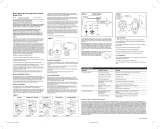 Hunter Fan 27148 Owner's manual
Hunter Fan 27148 Owner's manual
-
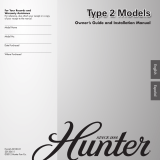 Hunter Fan 28714 Owner's manual
Hunter Fan 28714 Owner's manual
-
Hunter Fan 27224 User manual
-
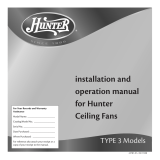 Hunter Fan 27453 Owner's manual
Hunter Fan 27453 Owner's manual
-
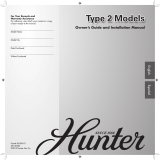 Hunter Fan 28728 Owner's manual
Hunter Fan 28728 Owner's manual
-
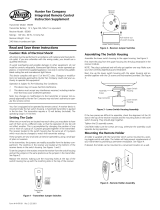 Hunter Fan IN2TX13 User manual
Hunter Fan IN2TX13 User manual
-
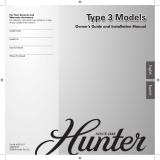 Hunter Fan 21323 User manual
Hunter Fan 21323 User manual
-
 Hunter Fan 25102 Owner's manual
Hunter Fan 25102 Owner's manual
-
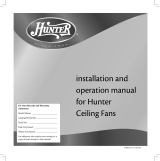 Hunter Fan 23683 Owner's manual
Hunter Fan 23683 Owner's manual
Other documents
-
Riverstone K-SC512-30 User manual
-
Warehouse of Tiffany GB70OS46 Installation guide
-
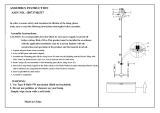 Stone & Beam ALT0316097 User manual
Stone & Beam ALT0316097 User manual
-
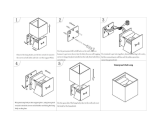 INHDBOX LED Aluminum Waterproof Wall Lamp,12W 100-277V 3000K Adjustable Outdoor Wall Light Warm Light 3.94",Non-Dimmable (Black-Warm Light) Installation guide
INHDBOX LED Aluminum Waterproof Wall Lamp,12W 100-277V 3000K Adjustable Outdoor Wall Light Warm Light 3.94",Non-Dimmable (Black-Warm Light) Installation guide
-
Canarm IVL584A03BN9 Installation guide
-
Progress Lighting PE011-30 Installation guide
-
Hunter 85069 Instruction Supplement
-
Canarm IVL570A02ORB Operating instructions
-
Canarm IFM623A12ORB User manual
-
LG WFS1634EK Owner's manual

























